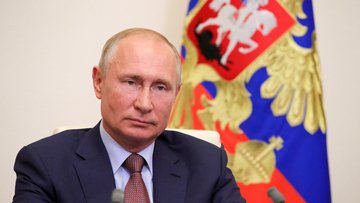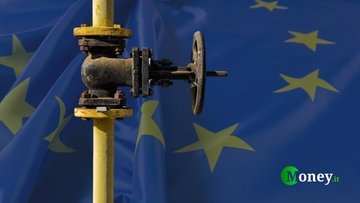Price-cap regulation is a form of regulation. Designed in the 1980s by UK Treasury economist Stephen Littlechild, it has been applied to all privatized British network utilities. It is contrasted with both rate-of-return regulation, with utilities being permitted a set rate of return on capital, and with revenue-cap regulation, with total revenue being the regulated variable.
Price cap regulation adjusts the operator’s prices according to the price cap index that reflects the overall rate of inflation in the economy, the ability of the operator to gain efficiencies relative to the average firm in the economy, and the inflation in the operator’s input prices relative to the average firm in the economy. Revenue cap regulation attempts to do the same thing but for revenue, rather than prices.[1]
Price cap regulation is sometimes called "CPI - X", (in the United Kingdom "RPI-X") after the basic formula employed to set price caps. This takes the rate of inflation, measured by the Consumer Price Index (UK Retail Prices Index, RPI) and subtracts expected efficiency savings X. In the water industry, the formula is "RPI - X + K", where K is based on capital investment requirements. The system is intended to provide incentives for efficiency savings, as any savings above the predicted rate X can be passed on to shareholders, at least until the price caps are next reviewed (usually every five years). A key part of the system is that the rate X is based not only a firm’s past performance, but on the performance of other firms in the industry: X is intended to be a proxy for a competitive market, in industries which are natural monopolies.








